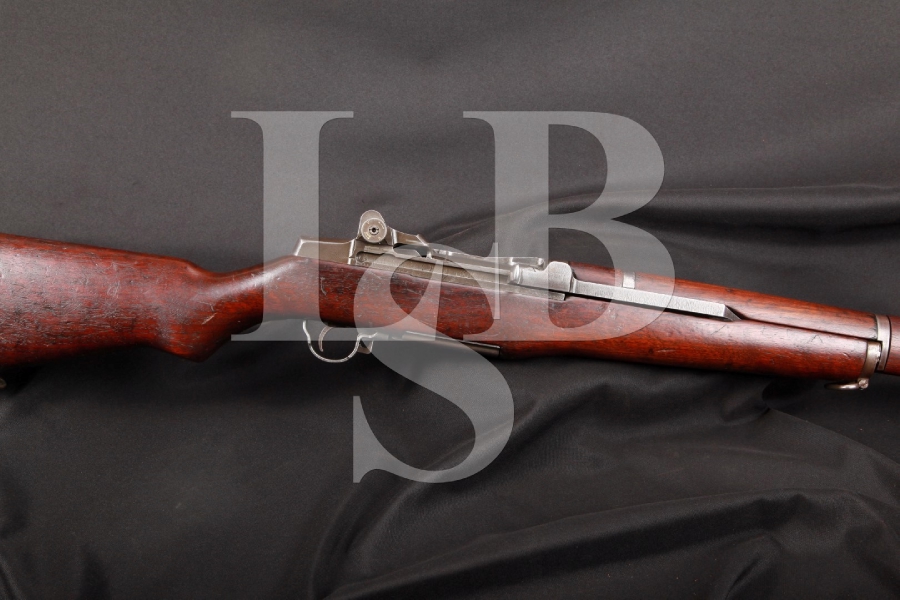


On June 15, 1951, a contract was granted to IHC for 100,000 M1 Garand rifles to be manufactured at the firm’s Evansville, Indiana, plant, with production to start by December of 1952. In order to augment Springfield Armory’s production, two civilian firms were selected to manufacture the new M1 rifles: the International Harvester Company (IHC) and Harrington & Richardson. New Supplier One of the reasons International Harvester was chosen to make M1 Garands in 1952 was because its Evansville, Indiana, plant was very far from other arms-makers, meaning a possible nuclear attack from the Soviet Union wouldn’t cripple the country’s ability to make weapons.

military almost from the founding of the republic. This was certainly not without precedent, as commercial manufacturers had supplied weaponry to the U.S. The only viable solution was to acquire the additional rifles from civilian manufacturers. Springfield Armory was ordered to get new M1 rifles back into production as soon as possible, but the lag time required to obtain the necessary machinery and manpower to accomplish this task proved more difficult than expected. The Garands left over from WWII were refurbished and issued to troops deploying to Korea, but it was feared that existing supplies would be insufficient to meet the unexpected demand. Obviously, one of the key weapons needed was the battle-proven M1 rifle. The pared-down American armed forces were ill prepared for another war.

However, this assumption was proven wrong when the North Koreans invaded South Korea in 1950. Springfield Armory and Winchester manufactured over 4 million M1 rifles by 1945, and it was generally assumed that there would be an adequate supply of Garands to equip the post-war American military. During World War II, the M1 Garand rifle proved its mettle on countless battlefields around the globe and was universally recognized as the premier general-issue service rifle of the war.


 0 kommentar(er)
0 kommentar(er)
